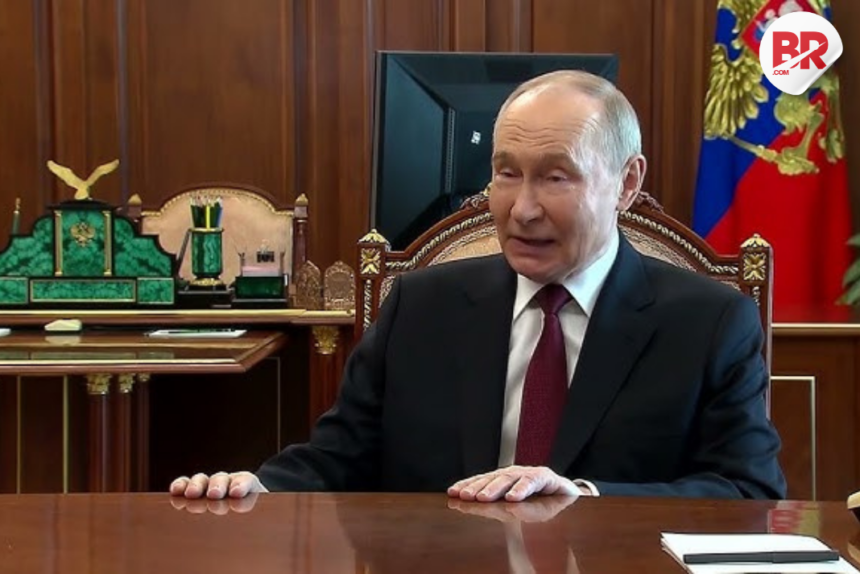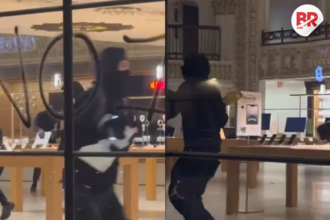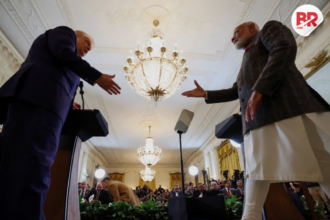
Russia has announced a surprise two-day ceasefire in Ukraine, raising more questions than answers. Is this a genuine attempt at peace, or just another strategic move in the ongoing conflict? The world is watching closely, trying to decipher what this means for the war that has already cost thousands of lives and displaced millions.
The Ceasefire: What’s the Deal?
Russia’s ceasefire announcement comes just ahead of Orthodox Christmas, which is celebrated on January 7th in both Russia and Ukraine. The timing of the announcement is significant, as it suggests a pause in hostilities for civilians to observe the religious holiday in peace. Russian officials claim this gesture is intended to promote calm and offer relief to those caught in the crossfire of war.

However, this pause is far from certain. Given the history of the conflict, where ceasefires have been broken repeatedly, skepticism is high. Ukraine has already expressed distrust, pointing out that previous ceasefire agreements have been violated.
Why Is Everyone Skeptical?
Let’s face it: a unilateral ceasefire, announced without consulting Ukraine, feels more like a public relations stunt than a real move toward peace. If this was truly a gesture of goodwill, why wouldn’t Russia discuss it with Ukraine first?
This skepticism is not unfounded. The history of the war has shown that ceasefires often turn into temporary respites for military forces to regroup, resupply, or even reposition for further operations. So, while Russia might be claiming to offer peace, the reality could be more complicated.
Also Read Trump’s Blue Suit at the Pope’s Funeral: A Bold Move or a Huge Mistake?
Ukraine’s Response: Trust No One
Unsurprisingly, Ukraine has reacted with caution. Ukrainian officials have pointed out that Russia has violated previous ceasefires, leaving little reason to believe that this announcement will be any different. It’s hard to blame them; after months of being on the receiving end of Russia’s aggression, any ceasefire offer without assurances is bound to be met with deep suspicion.
“Why now?” asks one Ukrainian official. And it’s a valid question. What’s behind Russia’s sudden shift in approach?
BREAKING: Putin has announced a four-day ceasefire in Ukraine, from midnight on 7-8 May until May 11, for the VE Day anniversary
Live updates ➡️ https://t.co/2PljsK2nr3
📺 Sky 501, Virgin 602, Freeview 233 and YouTube pic.twitter.com/YV3e0XQauo
— Sky News (@SkyNews) April 28, 2025
Possible Motives Behind the Ceasefire
There are several potential reasons for Russia’s unexpected ceasefire:
- Public Relations Move: Russia’s image has taken a major hit internationally due to the conflict. This ceasefire could be an attempt to show the world that Russia is committed to peace, even if it’s just on the surface.
- Military Breather: A two-day pause could give Russian forces a chance to rest, resupply, and even reposition. A temporary break could help them prepare for a more significant military push later on.
- Testing Reactions: Another possibility is that Russia is testing the waters to see how the international community reacts. This could be the first step in negotiating terms that favor Russia, even if they’re not genuinely seeking peace.
- Internal Politics: Domestically, the ceasefire might be framed as a compassionate gesture by the Russian government, aimed at boosting support for President Putin and the ongoing “special military operation.”
The Humanitarian Angle: Can It Help?
Despite the cynicism surrounding the ceasefire, there is a glimmer of hope that it could provide some relief to civilians trapped in the war zone. A temporary halt in hostilities might allow for humanitarian aid to reach those who need it most. It could also provide a brief window for civilians to evacuate the most dangerous areas.
But again, this all depends on whether Russia actually adheres to the ceasefire. Previous attempts at peace have often been short-lived, with both sides accusing each other of violations. In a conflict like this, promises of peace can often be as fragile as the people caught in the middle.
UKRAINE: Zelensky wanted Macron to join his talk with Trump so the Vatican setup three chairs. When Trump realized he told Macron that he would talk to Zelensky one-on-one. Total power move. Hopefully it helped get Zelensky closer to accepting a ceasefire. pic.twitter.com/FriYqU8Zjy
— @amuse (@amuse) April 26, 2025
What’s Next?
The next 48 hours will be crucial. Will Russia stick to its ceasefire? Will Ukraine take the opportunity to push for a more comprehensive peace agreement, or will they simply wait for the inevitable resumption of hostilities?
The answers to these questions will provide key insights into the future of the conflict. For now, we can only wait and watch. This ceasefire might provide a brief respite, or it could simply be another page in a long history of broken promises.
Also Read Trump Says Russia-Ukraine Peace Deal is Close, Urges High-Level Talks












